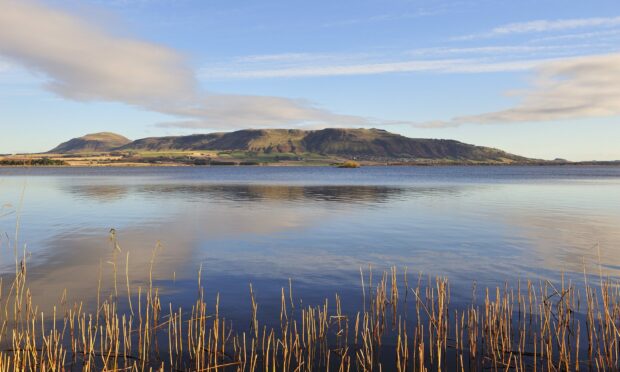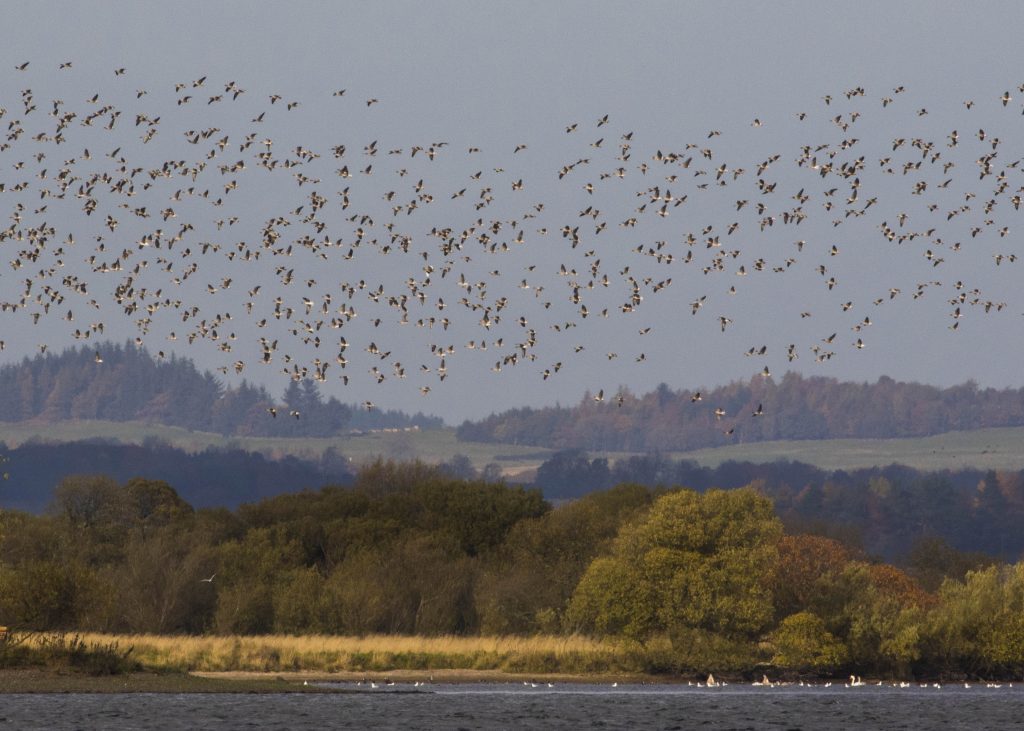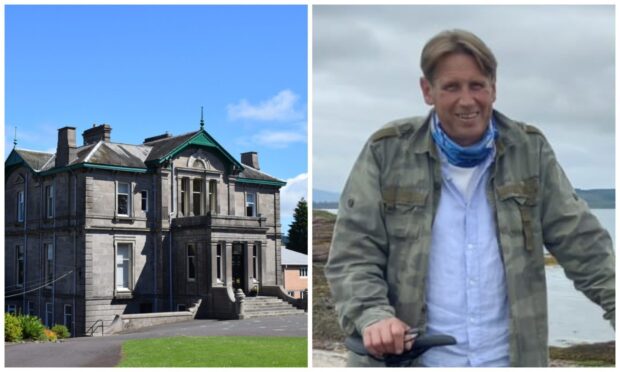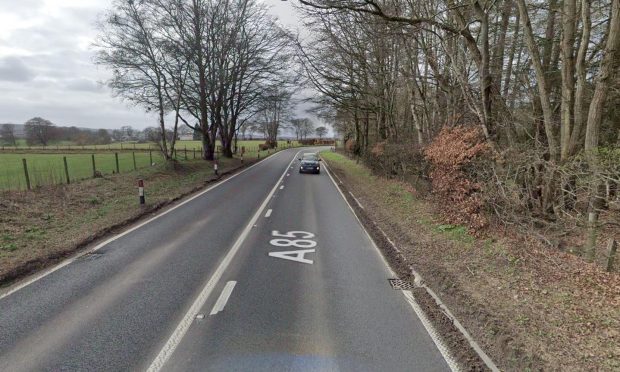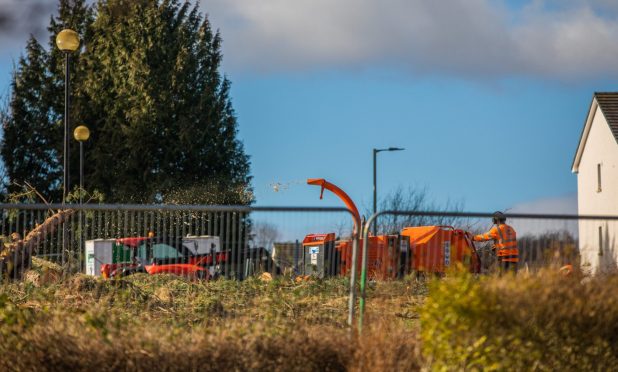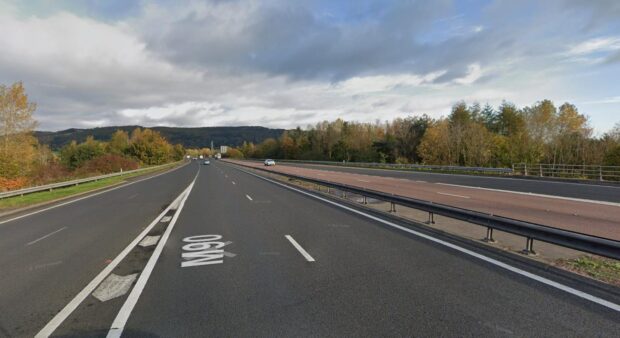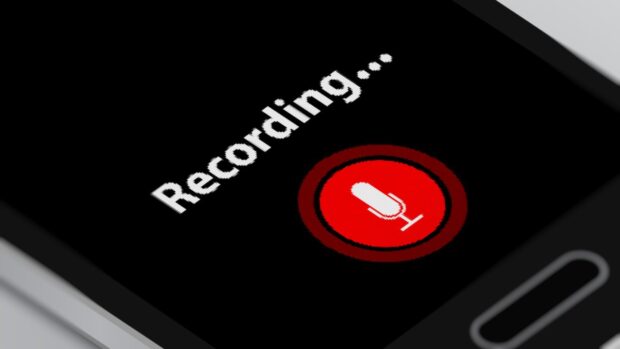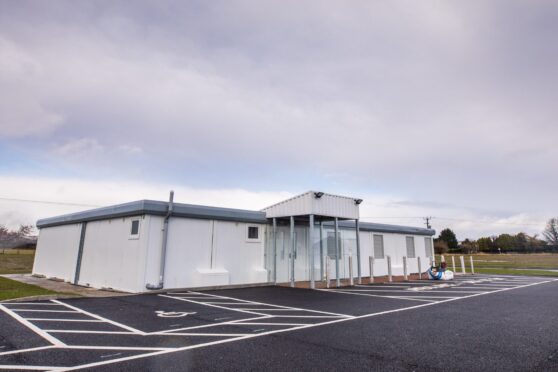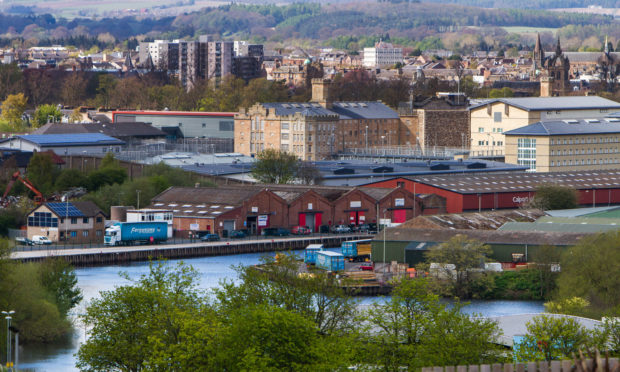A once “poisonous” Courier Country loch has been transformed into a wildlife haven – but environment bosses say the hard work will continue.
Twenty-five years ago, in June 1992, Loch Leven was visibly blighted by toxic blue-green algae and murky water.
The event became known locally as “Scum Saturday” and was estimated to have cost the local community more than £1million in lost revenue.
Since then Scottish Natural Heritage (SNH) – which manages the Kinross-shire site – SEPA, Scottish Water, and Perth and Kinross Council have embarked upon a radical clean up programme.
Now, research carried out by NERC Centre for Ecology and Hydrology (CEH), SNH and partners, has revealed the freshwater loch’s water quality has “improved hugely” over the past 25 years.
Where once light could only penetrate 1 metre below the water’s surface, now it is able to reach depths of 5m.
Such is the success of the project, it is now being held up as an example to similar schemes around the world.
Dr Linda May of CEH, who has led the monitoring programme for the last 20 years, said: “The enormous improvement in water quality at Loch Leven over the last 25 years, and the associated improvements in food and habitat for wildlife, provide a world-leading example of what can be achieved when scientific evidence is used to underpin restoration and management activities.
“Lessons learned at Loch Leven are now being used to inform lake restoration projects across the world, especially in developing countries. Our achievements at Loch Leven are frequently described by scientists and lake managers alike as ‘inspirational’.”
However, the study also found that, while discharges to the loch from sewage treatment works and industry have been decreasing, phosphorus concentrations have started to increase again, with the rise possibly linked to climate change.
Denise Reed, SNH Tayside and Grampians area manager, said that the organisation was continuing to tackle the problem.
She said: “Loch Leven is a terrific natural asset to Kinross-shire. Thanks to the hard work of many organisations and people in the Kinross area, it’s in better shape now than it’s been for many years.
“But there’s still plenty of work to do and we and our partners are committed to doing everything that we can. It’s important to make sure that the loch’s water remains clean and healthy, so that wildlife can thrive and people can enjoy their visits to the loch even more.”
